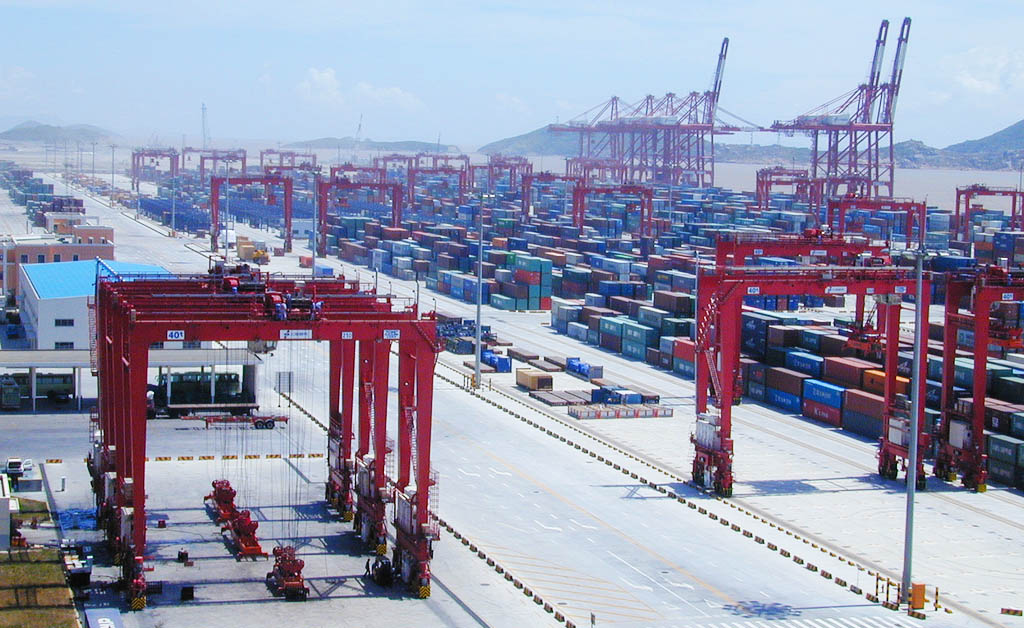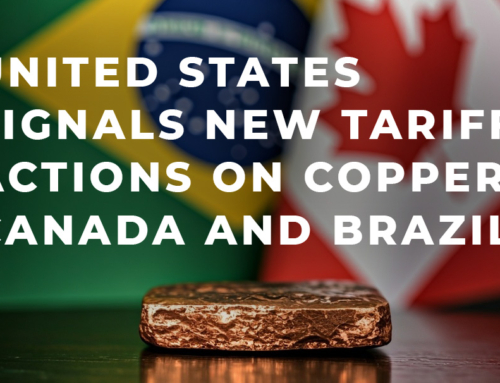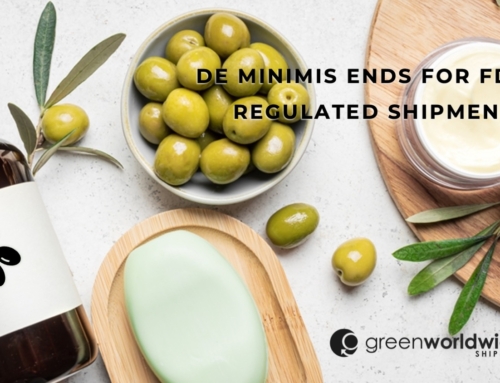On Saturday, December 1, 2018, U.S. President Donald Trump and Chinese President Xi Jinping met in Argentina for the G20 Summit to discuss the ongoing battle between the international trading giants. To date, the United States had threatened to implement a final round of 25% tariffs on remaining goods imported from China, citing lack of action to change Chinese business practices that invade and hinder U.S. technology and growth.
“President Trump has agreed that on January 1, 2019, he will leave the tariffs on $200 billion worth of product at the 10 percent rate, and not raise it to 25 percent at this time,” announced White House Press Secretary, Sarah Huckabee Sanders.
“[Both countries agreed] to immediately begin negotiations on structural changes with respect to forced technology transfer, intellectual property protection, non-tariff barriers, cyber intrusions and cyber theft, services and agriculture. Both parties agree that they will endeavor to have this transaction completed within the next 90 days. If at the end of this period of time, the parties are unable to reach an agreement, the 10 percent tariffs will be raised to 25 percent.”
“China will [also] agree to purchase a not yet agreed upon, but very substantial, amount of agricultural, energy, industrial, and other product from the United States to reduce the trade imbalance between our two countries. China has agreed to start purchasing agricultural product from our farmers immediately.”
The 90-day truce comes as a brief respite for international shippers who had been stacking up inventory and finding alternative sourcing options in anticipation of the tariffs. The U.S. auto industry, especially, might see more immediate benefits; the President Tweeted “China has agreed to reduce and remove tariffs on cars coming into China from the U.S. Currently the tariff is 40%.” American car manufacturing was hit hard with retaliatory tariffs back in July, and time will tell how quickly the change may come, as no additional support has been released to substantiate further discussion.
U.S. SECTION 301 CLAIMS AGAINST CHINA:
- China uses foreign ownership restrictions, such as joint venture (JV) requirements and foreign equity limitations, and various administrative review and licensing processes, to require or pressure technology transfer from U.S. companies.
- China’s regime of technology regulations forces U.S. companies seeking to license technologies to Chinese entities to do so on non-market-based terms that favor Chinese recipients.
- China directs and unfairly facilitates the systematic investment in, and acquisition of, U.S. companies and assets by Chinese companies to obtain cutting-edge technologies and intellectual property and generate the transfer of technology to Chinese companies.
- China conducts and supports unauthorized intrusions into, and theft from, the computer networks of U.S. companies to access their sensitive commercial information and trade secrets.
VISIT GREEN’S TRADE TRACKER: TARIFFS & TRADE TIMELINE & RESOURCES
As Green continues to monitor the situation over the next 90-days, stay up-to-date on freight news by following us on Facebook, Twitter, and LinkedIn. For continuous updates, make sure to check out our website at greenworldwide.com.






